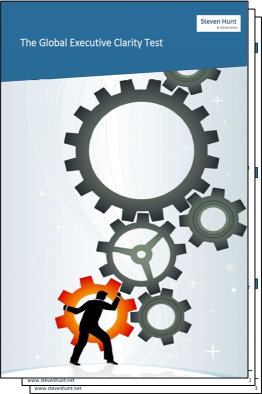A young friend tells you he is studying to be an interior home designer. He says he plans to do this by only looking at kitchen design, not other rooms.
You look at him, confused. He assures you he’s serious. He’s already looked at kitchens in IKEA, in the local hardware store, in design magazines, and in small design studios. He’s seen 20 kitchens.
Still confused, you try to clarify. Is he interested in interior design in general, or specifically kitchen design? He says interior design in general.
You smile because his plan is bonkers. He’s assumes he can improve his general skills by just looking in one room. This plan is crazy. But it happens to us all the time in other areas of life.
Assumptions are built into the algorithms in music services, like Spotify. The result is we widen our perspective in one area of music. If you like jazz, the algorithm assumes you want more jazz. It’s not going to take you from Duke Ellington to AC/DC.
Know your assumptions and your bubble
We all look at the world in different ways – call it your worldview. It affects who and what we listen to, who gets heard, gets seen and gets our time.
The problems for global managers start if they struggle to see the assumptions in their worldview. If you can’t see the assumptions, you can’t see that anyone else could be right (or wrong). Your worldview becomes a bubble. At worst, global managers get trapped inside the bubble.
Adidas CEO prioritizes spending time with people
That’s why it wasn’t a surprise this week to read that Adidas CEO, Kasper Rørsted, prioritizes spending time with people. Rørsted dedicates up to 180 days a year to getting out there, talking to managers, employees, customers, and suppliers. The relationships he builds up through those trustful dialogs gives him access to information that easily gets that filtered out through management layers.
A Continental night shift
A senior manager from Continental, who I know, recently joined the night shift to get a better idea of what is going on.
This humble, curious approach wins people over far faster than endless reports and documents.
By changing his view, the senior manager can modify his assumptions and take better decisions. After all, better decisions are every managers’ goal.
















